🌐 Matter vs Zigbee vs Wi-Fi: Which Smart Home Protocol Is Best for You?
Introduction: Why Protocols Matter in Smart Homes
If you’ve started building a smart home, you’ve probably heard these terms: Matter, Zigbee, Wi-Fi. They’re the communication protocols that let your devices “talk” to each other.
Choosing the right protocol affects:
- Device compatibility
- Network reliability
- Power consumption
- Security
At niceshine.com, we explain what each protocol does and help you decide which one fits your smart home best in 2025.
1. What Is Matter?
Keywords: Matter protocol, smart home standard, interoperability
Matter is the newest open-source protocol backed by major players like Apple, Google, Amazon, and Samsung. Its main goal is universal compatibility.
- Works over Ethernet, Wi-Fi, and Thread (a low-power mesh network)
- Ensures devices from different brands can connect seamlessly
- Simplifies setup with standardized security and device discovery
💡 niceshine.com tip: Matter is rapidly becoming the industry standard — ideal if you want a future-proof smart home.
2. What Is Zigbee?
Keywords: Zigbee mesh network, low power smart home, Zigbee devices
Zigbee is a well-established, low-power mesh protocol popular for sensors, lights, and smart plugs.
- Devices communicate in a mesh, extending range and reliability
- Uses less power than Wi-Fi, ideal for battery-operated devices
- Requires a Zigbee hub to connect with your network
However, Zigbee devices sometimes face compatibility issues without a hub that supports them all.
3. What Is Wi-Fi?
Keywords: Wi-Fi smart devices, smart home network, high bandwidth smart home
Wi-Fi is the most familiar network — fast and widely available.
- Devices connect directly to your home Wi-Fi router
- No hub needed
- High bandwidth, suitable for cameras and streaming devices
Downsides:
- Higher power consumption (not great for battery devices)
- Network congestion if too many devices connect
- Security depends on your Wi-Fi setup quality
4. Comparing the Protocols
| Feature | Matter | Zigbee | Wi-Fi |
|---|---|---|---|
| Compatibility | High (multi-brand support) | Medium (hub-dependent) | Medium (brand-specific apps) |
| Power Consumption | Low to Medium | Very Low | High |
| Network Type | Thread mesh + Wi-Fi/Ethernet | Mesh | Star (via router) |
| Setup Complexity | Easy (standardized) | Moderate (hub required) | Easy (router-based) |
| Range | Medium (Thread mesh) | High (mesh extends range) | Medium (router range) |
| Security | High (standardized encryption) | High | Depends on Wi-Fi security |
5. Which Should You Choose?
- Choose Matter if: You want future-proof, multi-brand compatibility and easy setup.
- Choose Zigbee if: You have many low-power sensors and want reliable mesh networking.
- Choose Wi-Fi if: You prioritize high bandwidth (cameras, streaming) and want minimal extra hubs.
6. How Does This Affect Your Smart Home?
Smart homes will increasingly support multiple protocols. Many Matter devices run on Thread (a mesh protocol), bridging Zigbee and Wi-Fi worlds.
At niceshine.com, we recommend starting with Matter-compatible products to ensure smooth integration today and tomorrow.
✅ Final Thoughts
Understanding smart home protocols can seem technical — but it’s key to building a reliable, expandable system. By choosing the right protocol, you ensure your devices work seamlessly and your smart home truly becomes “smart.”
Explore Matter-compatible smart home products and expert guides at niceshine.com, your trusted smart home partner.


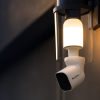

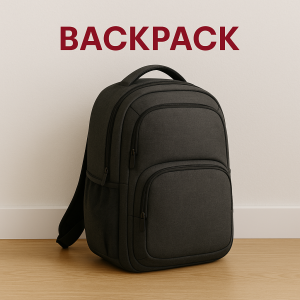
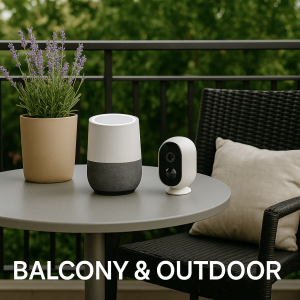
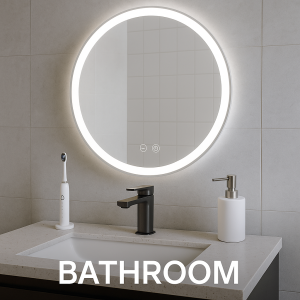
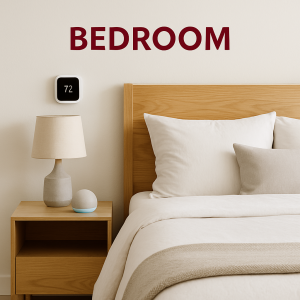
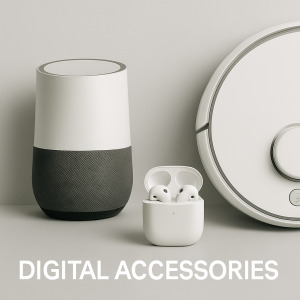
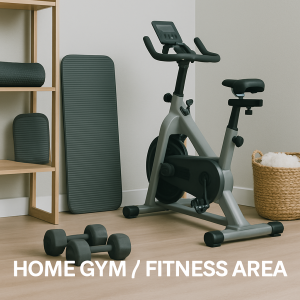
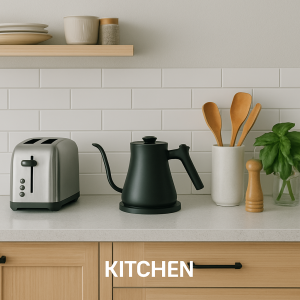

Add comment